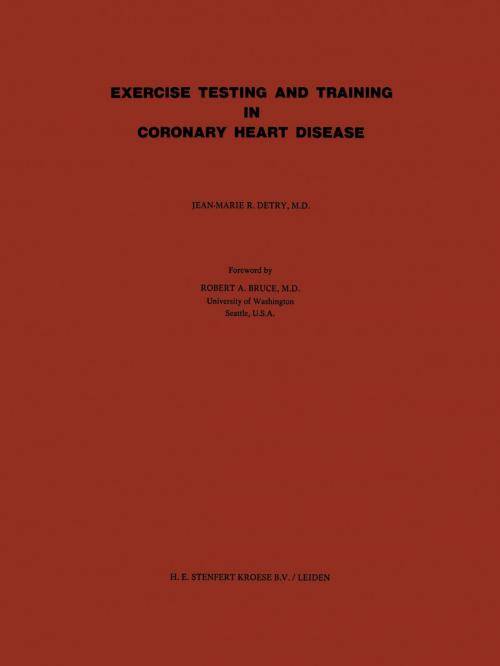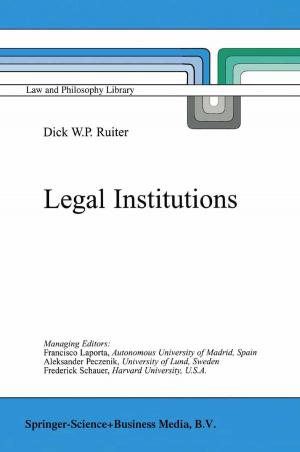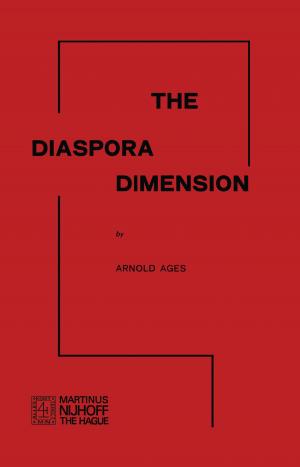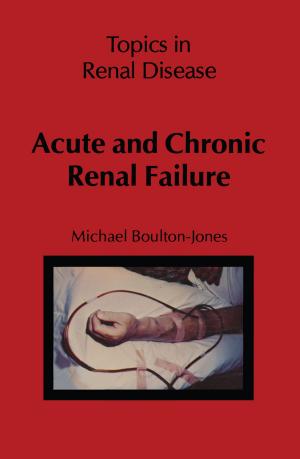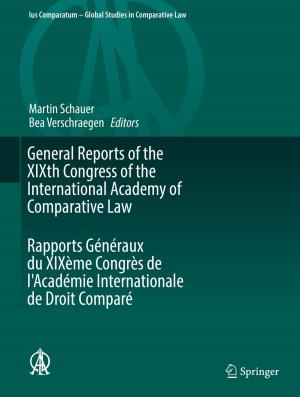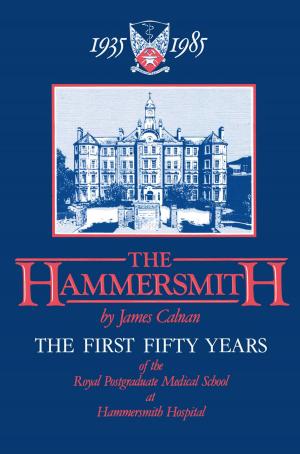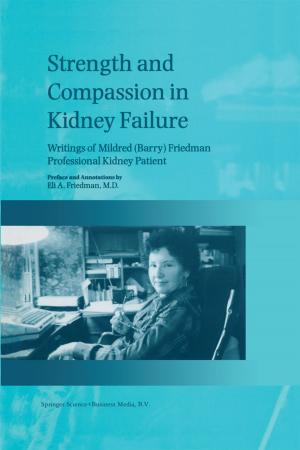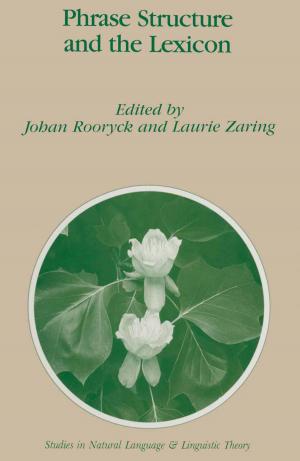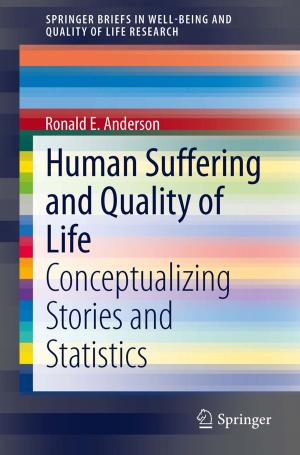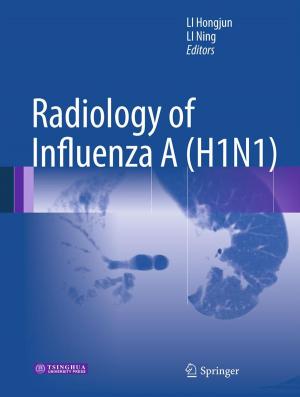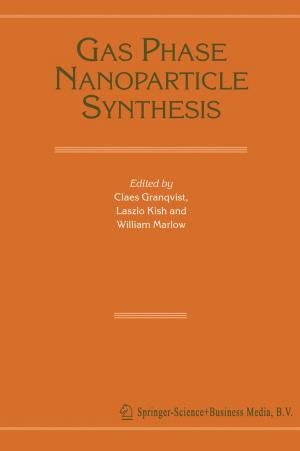Exercise Testing and Training in Coronary Heart Disease
Nonfiction, Health & Well Being, Medical, Specialties, Internal Medicine, Cardiology| Author: | J.M.R. Detry | ISBN: | 9789401023610 |
| Publisher: | Springer Netherlands | Publication: | December 6, 2012 |
| Imprint: | Springer | Language: | English |
| Author: | J.M.R. Detry |
| ISBN: | 9789401023610 |
| Publisher: | Springer Netherlands |
| Publication: | December 6, 2012 |
| Imprint: | Springer |
| Language: | English |
This study on "Exercise testing and training in coronary heart disease" is a remarkable compilation of numerous research studies, primarily from labora tories in Europe and the United States over the last decade or more. The topic reflects a growing awareness of and concern about the rapidly expanding understanding of the pathophysiology of coronary atherosclerotic heart disease. Since muscular exercise increases aerobic metabolism of myocardial and working skeletal muscles, greater flow of oxygenated blood is required by each; yet underlying vascular disease restricts these responses. This implicit paradox is here considered forthrightly. Examination of these relationships in symptomatic patients requires care and caution, because of the potential and occasionally real risks entailed. Accordingly, indirect assessment, particularly by noninvasive techniques, becomes increasingly important to detecting and monitoring - for the safety of the patients studied - the evidence of myocardial ischemia and impairment of left ventricular function under stress. Adequate assessment requires well-designed experimental studies to quantify true relationships and to measure the limits of functional capacity and the mechanisms of its impairment. Further more, alterations can be induced by therapy, whether this be pharmacological, medical or surgical, or achieved by physical reconditioning through exercise training. Not only is the cardiovascular system impaired by discrete and diffuse vascular lesions at central sites, but the degree of impairment is dynamic rather than static.
This study on "Exercise testing and training in coronary heart disease" is a remarkable compilation of numerous research studies, primarily from labora tories in Europe and the United States over the last decade or more. The topic reflects a growing awareness of and concern about the rapidly expanding understanding of the pathophysiology of coronary atherosclerotic heart disease. Since muscular exercise increases aerobic metabolism of myocardial and working skeletal muscles, greater flow of oxygenated blood is required by each; yet underlying vascular disease restricts these responses. This implicit paradox is here considered forthrightly. Examination of these relationships in symptomatic patients requires care and caution, because of the potential and occasionally real risks entailed. Accordingly, indirect assessment, particularly by noninvasive techniques, becomes increasingly important to detecting and monitoring - for the safety of the patients studied - the evidence of myocardial ischemia and impairment of left ventricular function under stress. Adequate assessment requires well-designed experimental studies to quantify true relationships and to measure the limits of functional capacity and the mechanisms of its impairment. Further more, alterations can be induced by therapy, whether this be pharmacological, medical or surgical, or achieved by physical reconditioning through exercise training. Not only is the cardiovascular system impaired by discrete and diffuse vascular lesions at central sites, but the degree of impairment is dynamic rather than static.
